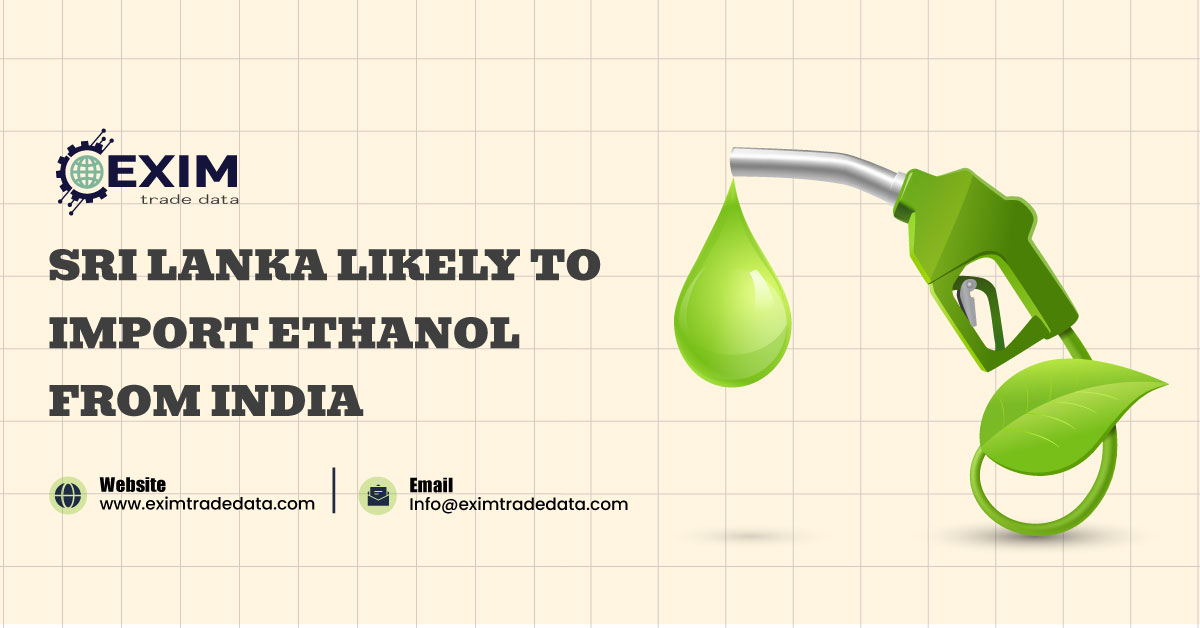India's Top 10 Imports in 2024: Analyzing Key Commodities and Trade Trends
India's growing economy heavily relies on imports to meet its energy needs, technological advancements, and consumer demands. In 2024, the country’s import data reflects its industrial needs and domestic consumption patterns, with significant expenditures on energy, electronics, and precious metals.
Additionally, the increasing demand for renewable energy sources is prompting India to invest in importing advanced technologies and materials necessary for solar and wind energy production.
Below is a detailed analysis of India’s top 10 imports, underlining their impact on the economy and global trade relationships.
1. Crude Oil and Petroleum Products
Crude oil remains India's most significant import, with the country being the world's third-largest importer of this commodity in 2024. With an import value exceeding $150 billion, crude oil accounts for approximately 30% of the country’s total imports. India sources its oil primarily from Saudi Arabia, Iraq, UAE, and the USA.
2. Gold
Gold remains a major import for India, with an estimated value of $60 billion in 2024, making up about 10% of total imports. The demand for gold in India is driven largely by its cultural significance and use in jewellery. Switzerland, UAE, and South Africa are the major sources of gold imports. . India's love for gold is also reflected in the consistent rise in India import data related to this precious metal.
3. Electronics (Semiconductors, Mobile Phones, Components)
The technological revolution has boosted India's demand for electronic goods, especially semiconductors, mobile phones, and related components. With imports exceeding $55 billion, this sector accounts for 9% of the country’s total imports. India sources these products from countries like China, Vietnam, and Taiwan.
4. Coal and Coke
India relies heavily on imported coal and coke to power its industries. Coal imports, valued at around $35 billion, account for approximately 7% of India's total import expenditure. The main suppliers are Australia, Indonesia, and South Africa. India's dependence on coal is also reflected in its export data, as coal-powered industries contribute to a variety of exports.
5. Machinery and Equipment
Machinery and heavy equipment are crucial for India’s industrial sectors. With an import value nearing $30 billion, this category represents around 6% of India’s total imports. Key suppliers are Germany, China, and Japan, as highlighted by Indian trade data. These imports are vital for manufacturing, construction, and infrastructure development.
6. Natural Gas (LNG)
India is concentrating on diversifying its energy sources, with liquefied natural gas (LNG) being a key component of this approach. With imports valued at $25 billion, LNG constitutes 5% of the nation's total imports. Key suppliers include Qatar, Australia, and the USA. Data on shipments shows a consistent rise in LNG imports as India aims to satisfy its increasing energy demands while minimizing its carbon emissions.
7. Fertilizers
Fertilizers are essential for India's expansive agricultural sector. In 2024, the country imported fertilizers valued at $15 billion, accounting for 3% of total imports. Major suppliers include China, Russia, and Saudi Arabia. These imports are crucial for ensuring food security and bolstering the agricultural economy, which plays a significant role in India's export figures for agricultural products.
8. Chemicals and Pharmaceuticals
India is one of the largest consumers of chemicals and pharmaceutical inputs, with imports exceeding $13 billion in 2024, contributing 3% to the overall import bill. The USA, China, and Germany are the major suppliers. These imports support India’s robust pharmaceutical industry, which is a key player in India export data, especially in generic drugs.
9. Iron and Steel
India imports significant quantities of iron and steel to support its construction, automotive, and manufacturing industries. With an estimated import value of $12 billion, iron and steel imports make up about 2.5% of India’s total imports. Japan, South Korea, and China are the primary suppliers, according to India import export data.
10. Plastic and Rubber Products
Plastic and rubber products are essential raw materials for a variety of industries. India imports about $10 billion worth of these products, accounting for 2% of total imports. Key suppliers include China, the USA, and Germany, as reflected in India shipment data.
Wind Up!
India’s top 10 imports in 2024 demonstrate its reliance on energy, industrial raw materials, and technology to fuel its growing economy. The country's trade data reveals a balanced approach to securing its industrial and consumer needs from a variety of global sources. Monitoring India import data and India export data will be crucial for understanding future trade trends and economic growth.
Feel free to reach out to eximtradedata.com for any questions regarding global import export data provider. Our experts are here to offer you guidance based on their vast experience. To arrange a complimentary live demo, click here.



Comments
Post a Comment